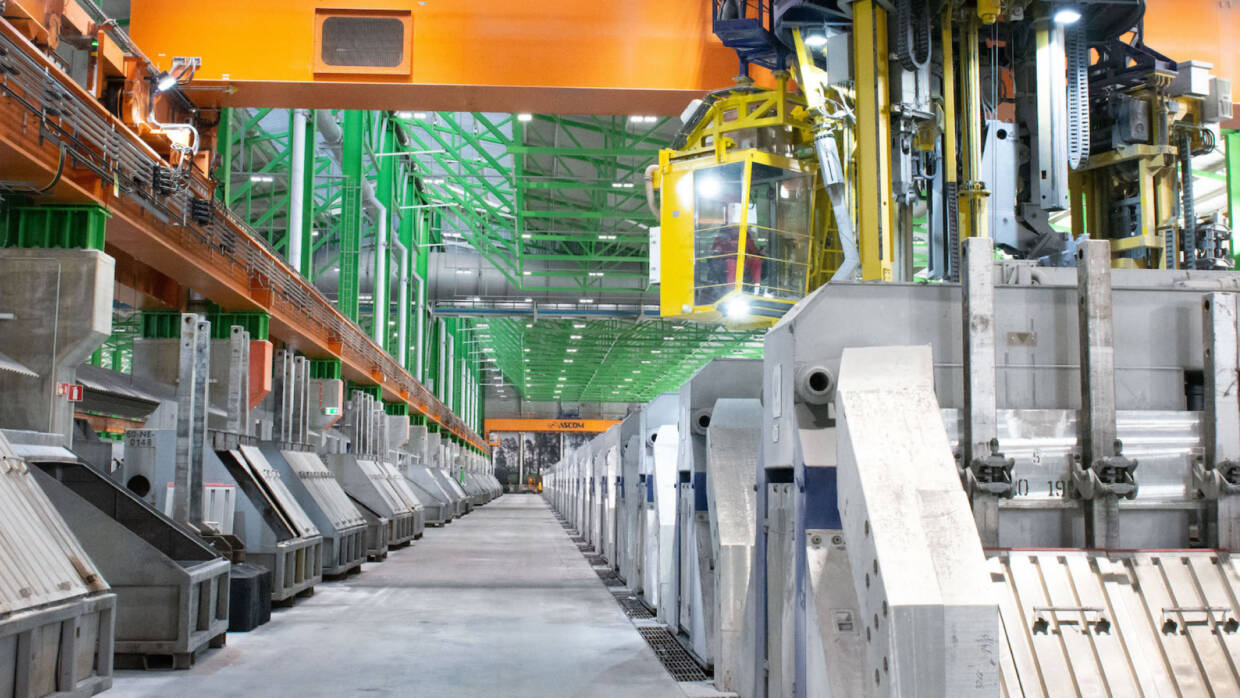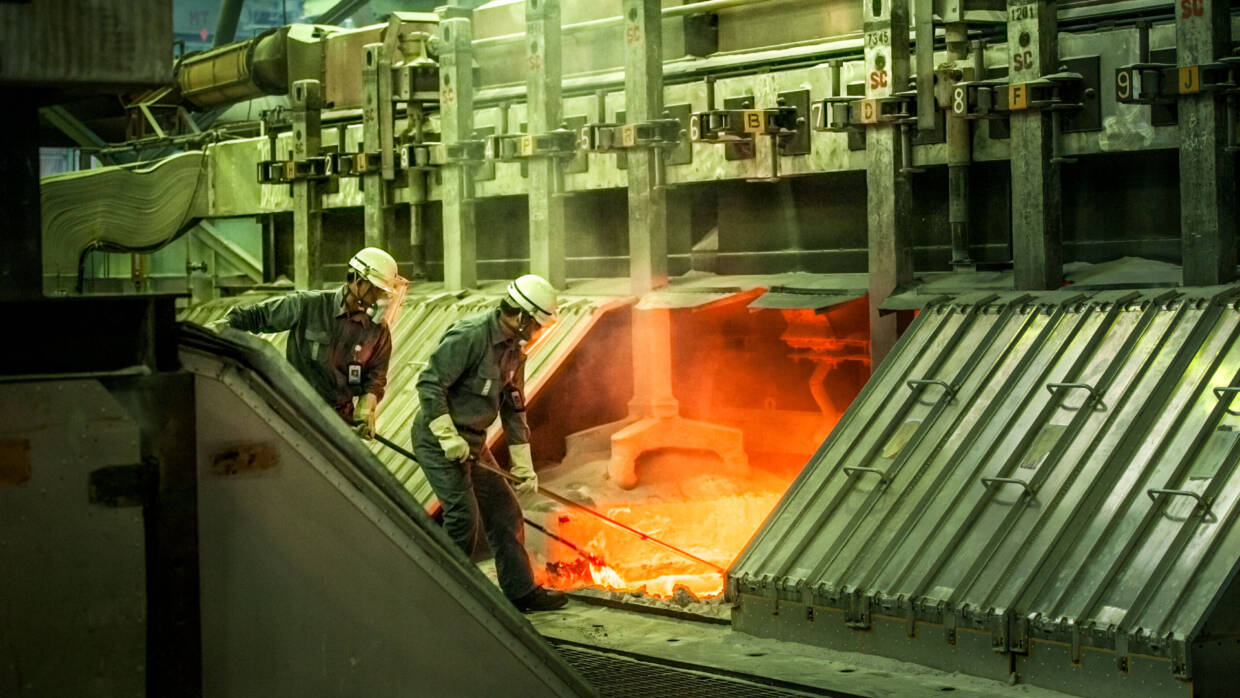Aluminum rectangular tubes are popular for their high strength-to-weight ratio, corrosion resistance, and ease of fabrication. In this article, we will explore the fabrication process for aluminum rectangular tubes, including extrusion, welding, and finishing.
Extrusion of Aluminum Rectangular Tubes
The most common method for producing aluminum rectangular tubes is extrusion. In this process, a billet of aluminum is heated to a specific temperature and then forced through a die to create a rectangular tube shape. The resulting tube is then cooled and cut to the desired length.
Extrusion offers several advantages for aluminum rectangular tube fabrication, including:
Cost-effectiveness
Extrusion is a relatively inexpensive process, making it a cost-effective option for large-scale production.
Precise dimensions
Extrusion allows for precise control of the tube dimensions, ensuring consistent quality and performance.
Complex shapes
Extrusion can be used to create complex shapes, including hollow or multi-chamber tubes, which can be useful for specific applications.
Welding of Aluminum Rectangular Tubes
Welding is another common method for fabricating aluminum rectangular tubes. Welding involves joining two or more pieces of aluminum together using heat and pressure. There are several different welding techniques that can be used for aluminum rectangular tubes, including:
TIG welding
Tungsten inert gas (TIG) welding is a popular method for welding aluminum rectangular tubes. TIG welding produces a clean, high-quality weld and allows for precise control of the heat input.
MIG welding
Metal inert gas (MIG) welding is another common method for welding aluminum rectangular tubes. MIG welding is faster than TIG welding and is suitable for high-volume production.
Resistance welding
Resistance welding involves applying pressure and electric current to the aluminum to create a weld. This method is particularly useful for thin-walled aluminum rectangular tubes.

Finishing of Aluminum Rectangular Tubes
Once the aluminum rectangular tubes have been extruded and welded, they may undergo a finishing process to enhance their appearance and performance. Some common finishing techniques for aluminum rectangular tubes include:
Anodizing
Anodizing involves applying an oxide layer to the surface of the aluminum to improve its corrosion resistance and durability.
Powder coating
Powder coating involves applying a layer of dry powder to the surface of the aluminum and then curing it with heat. Powder coating provides a durable and attractive finish that is resistant to chipping, scratching, and fading.
Polishing
Polishing involves buffing the surface of the aluminum to create a smooth, shiny finish.
Conclusion
Aluminum rectangular tubes are a popular choice for a wide range of industrial and commercial applications. The fabrication process for aluminum rectangular tubes involves extrusion, welding, and finishing, with each step playing an important role in creating a high-quality product. Whether you need them for structural, electrical, architectural, or industrial applications, aluminum rectangular tubes can be customized to meet your specific requirements.

